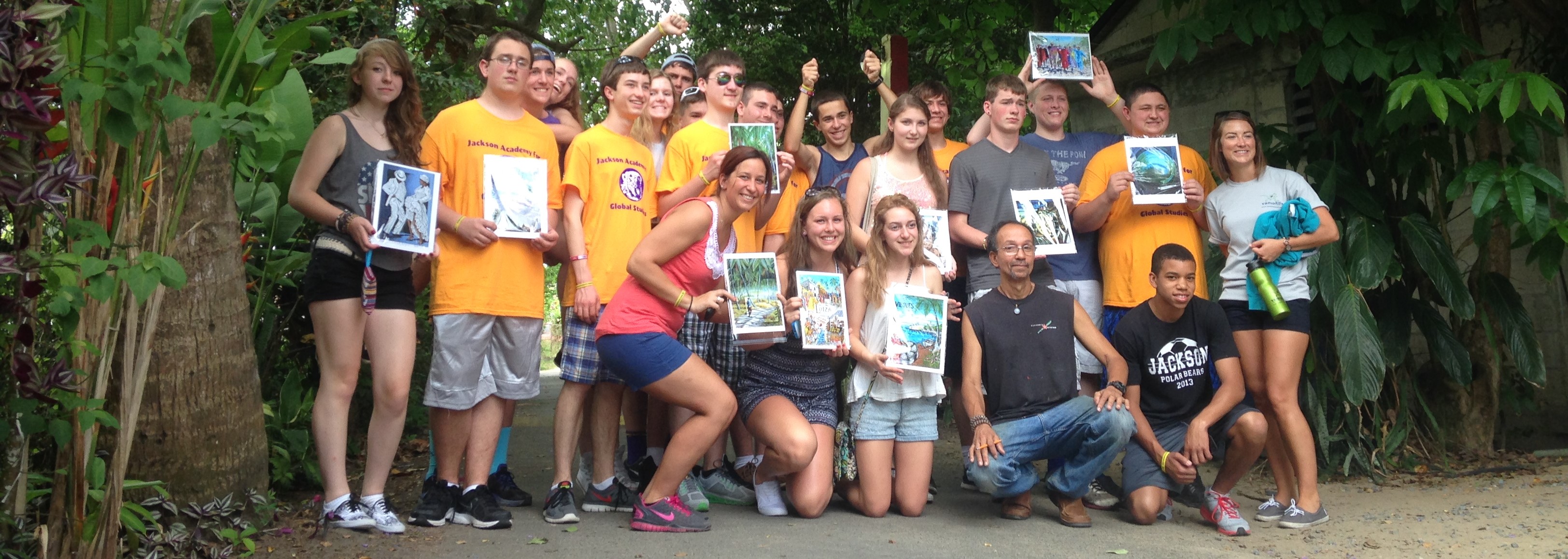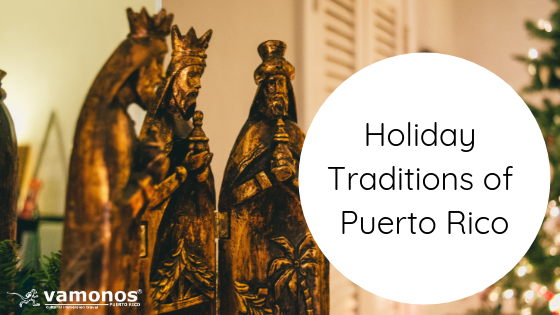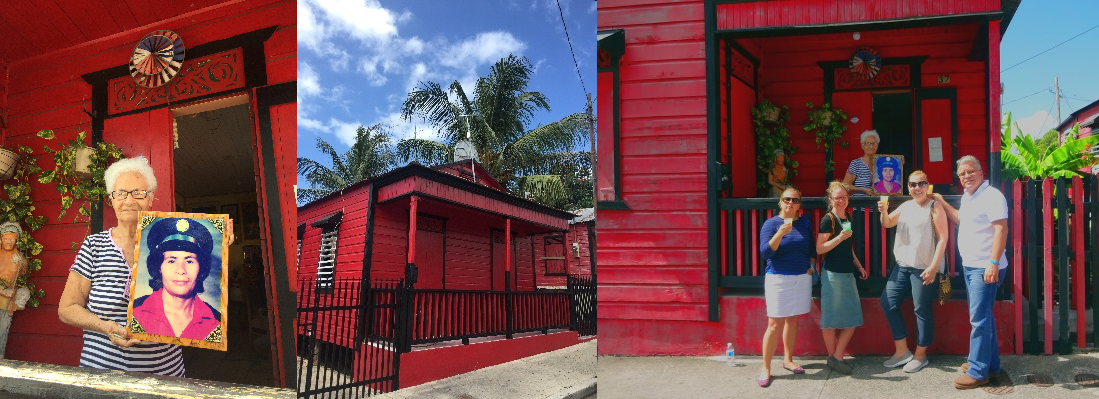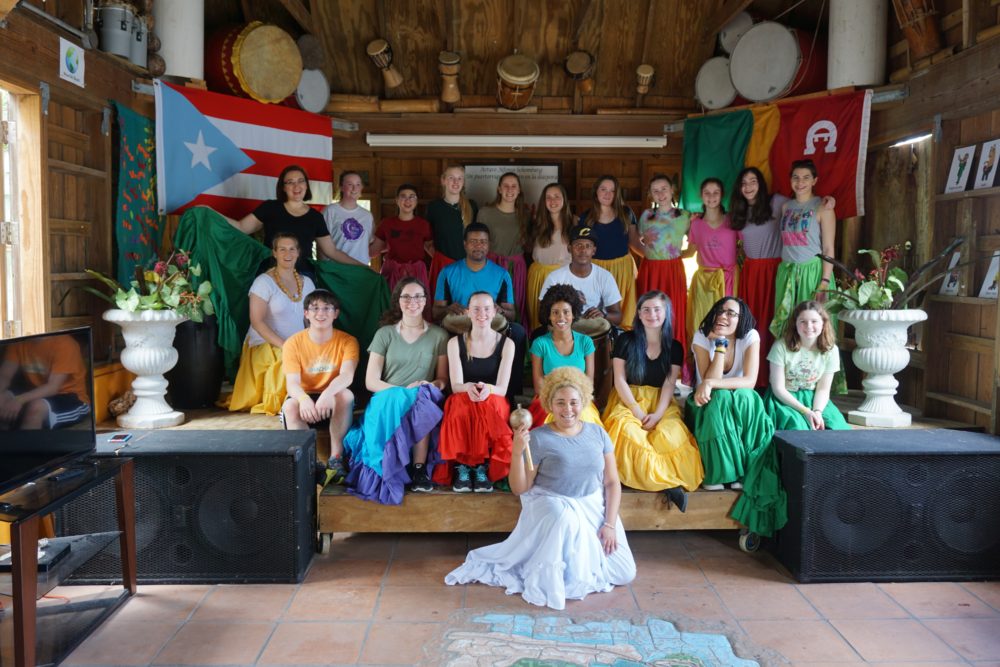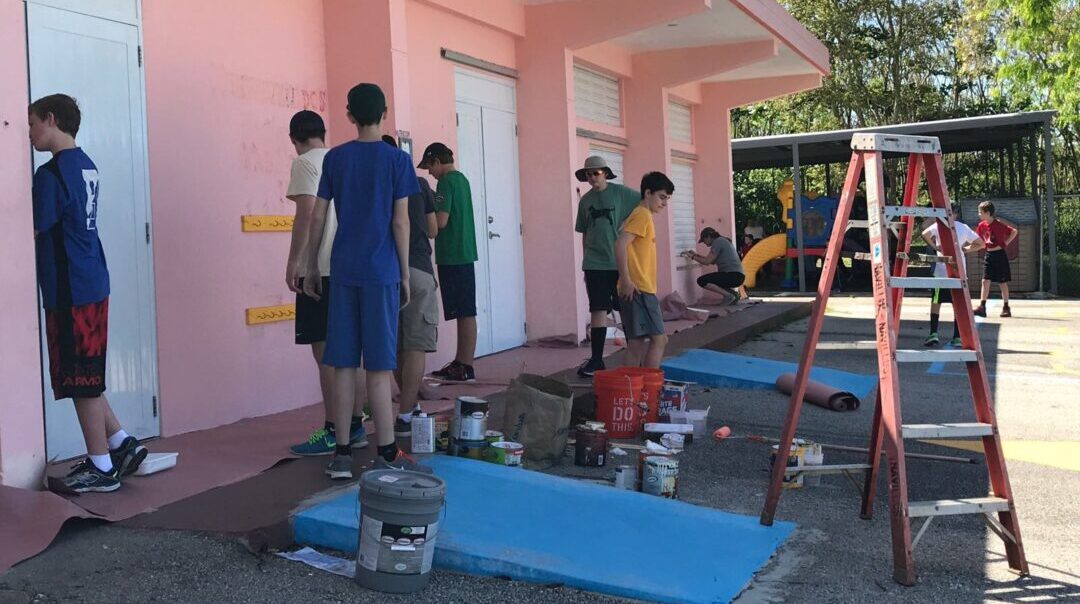Mofongo: Puerto Rico’s Iconic Dish with a Rich History
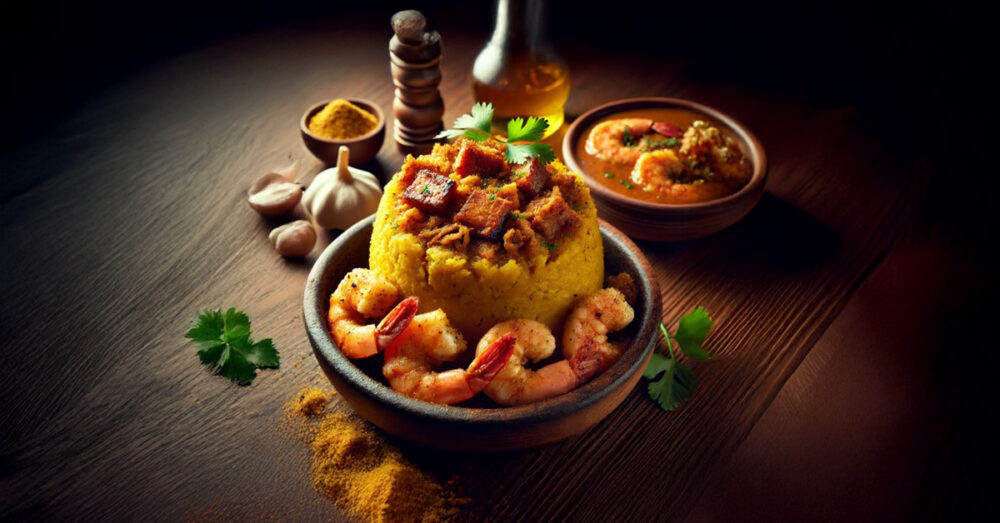 April 17, 2025
April 17, 2025With African, Taíno, and Spanish influences, Mofongo has become a true icon of the island’s gastronomy. Did you know you can experience the real taste of mofongo and other favorite dishes of Puerto Rico? Nothing beats authentic mofongo in Puerto Rico made right on the island, and Vámonos Tours can get you there.
Vámonos is the leading provider in Puerto Rico educational travel services and many other destinations worldwide. Our tours for students cater to a wide variety of age groups, from middle school to college student travelers.
We can customize travel tours to meet the unique needs of your group and work with you to design your most meaningful experience. If tasting authentic and popular dishes of Latin America, especially delicious mofongo, is on your bucket list, we are ready to help you plan your trip! Vamonos actually created the iconic “Mofongo 101 Cooking Class,” experienced by thousands of travelers annually, back in 2018.
What is Mofongo?
Mofongo is a beloved staple of Puerto Rican cuisine made from fried green plantains that are mashed with garlic, pork cracklings (chicharrón), and olive oil, then shaped into a dome or ball and often served with a savory broth, chicken, shrimp, or meat. It’s hearty, flavorful, and very satisfying.
Mofongo doesn’t have a perfect twin in typical U.S. cuisine, but to give someone a sense of what it’s like: It’s somewhat similar in texture to mashed potatoes, but denser and chunkier, with a garlicky kick and a crispy edge from the fried plantains. If you’ve had garlic mashed potatoes with bacon, imagine that but only substitute the potatoes with plantains and the bacon with crispy pork cracklings.
Flavor-wise, it also shares a vibe with stuffing or dressing, especially when served with broth or meats. The savory, slightly smoky, garlicky flavor profile is comforting in a way that’s familiar, but still totally its own thing.
So, if someone loves bold, garlicky comfort food with a crispy-savory twist, mofongo is right up their alley.
The Origins of Mofongo
Mofongo in Puerto Rico is more than just a traditional dish; it’s a reflection of the island’s rich cultural tapestry. Its roots trace back to African, Spanish, and Taíno influences, blending ingredients and techniques from each to create something uniquely Boricua.
From its crunchy exterior to its garlicky, savory core, mofongo carries centuries of history and flavor in every bite. Whether served on a street corner or in a fine restaurant, it tells a story of resilience, creativity, and deep cultural roots.
How Did Plantains Became a Central Ingredient in Puerto Rican Cuisine?
Plantains became a cornerstone of Puerto Rican cooking through a mix of geography, colonization, and cultural fusion. Originally native to Southeast Asia, plantains were brought to the Caribbean by way of Africa during the transatlantic slave trade. The Spanish colonizers and African slaves introduced them to Puerto Rico, where the island’s tropical climate made them easy to grow year-round.
For the enslaved and working class, plantains were affordable, filling, and versatile. They could be boiled, fried, mashed, or baked. Plus, they could be used in everything from savory mains like mofongo to sweet treats like maduros. Over time, they became more than a survival food; they became an essential part of Puerto Rican identity and flavor.
Today, plantains are woven into the fabric of the island’s cuisine, showing up on plates in every home and restaurant. Their journey is a symbol of resilience and adaptation.
“Morsels” of history like these are always a part of Vámonos’ cultural immersion trips. Travelers learn and retain more about the local culture by experiencing the true essence of a destination and engaging in various activities.
How to Make Mofongo?
Mofongo’s classic ingredients are straightforward but flavorful: green plantains, garlic, crispy pork cracklings (chicharrón), broth, and simple seasonings like salt, olive oil, and occasionally spices or herbs. For a more hands-on experience, try our Mofongo 101 Cooking Class.
Step-by-Step Preparation: The dish begins by peeling and cutting green plantains into chunks, then frying them until crisp on the outside and tender inside. Next, these plantain pieces are mashed together with garlic, pork cracklings, and seasonings using a wooden mortar and pestle (pilón). The mixture is then molded into a rounded dome shape. Traditionally, it’s served alongside or topped with a flavorful broth or sauce.
Popular Variations: Mofongo is wonderfully versatile, with many tasty variations. Common adaptations include serving it topped or filled with shrimp, chicken, beef, or seafood stew. Another popular twist is trifongo, a blend of green plantains with sweet, ripe plantains and yuca (cassava).
You can see the whole process through one of our Puerto Rico tours (no passport, no customs required!)
Mofongo Around the Caribbean
There are similar dishes in other countries:
- Dominican Republic: Mangú (boiled rather than fried with a milder flavor. Typically made with eggs, cheese, or salami)
- Ecuador: Bolón de verde (often stuffed with cheese or chicharrón)
- Cuba: Fufú (more like a rustic mash served as a side dish or alongside meats and stews)
- Colombia: Cayeye (often sautéed with onions, garlic, and butter)
These variations reflect different cultural influences, but all point to a common origin: the African technique of boiling or pounding starchy vegetables.
Why Mofongo in Puerto Rico is a Must-Try Dish for Visitors
Every bite reflects the island’s layered history, blending African, Taíno, and Spanish influences into one unforgettable dish. From the technique of mashing starchy plantains to the bold flavors of garlic and pork cracklings, mofongo brings together centuries of culinary tradition.
It’s hearty, flavorful, and often served with rich broths or savory proteins like shrimp, chicken, or beef. Enjoy cultural immersion with Vámonos Tours and see how mofongo offers visitors a delicious way to connect with Puerto Rican heritage.

